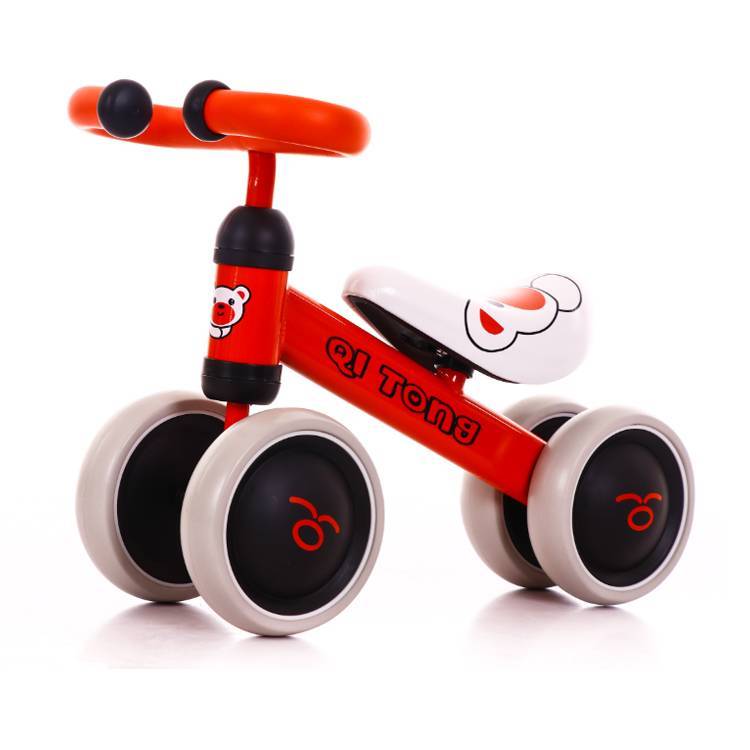Nov . 13, 2024 10:47 Back to list
kids bike children
Choosing the Right Kids’ Bike A Guide for Parents
When it comes to fostering independence and physical activity in children, a bike can be one of the best gifts a parent can give. Kids’ bikes are not just enjoyable; they also promote coordination, balance, and confidence. However, choosing the right bike for your child can feel overwhelming with so many options available. Here’s a comprehensive guide to help you make an informed decision.
Understanding the Importance of Size
The first and most crucial factor to consider when selecting a bike for your child is the size. An improperly sized bike can lead to discomfort, lack of control, and even accidents. Most kids' bikes are categorized by wheel size, and finding the right fit is essential.
To get a rough idea of what size might be right, allow your child to test ride a few bikes. Generally, kids should be able to stand over the top tube of the bike with both feet flat on the ground. When seated, they should be able to reach the handlebars comfortably and place their feet on the pedals correctly. A properly sized bike will not only provide comfort but also enhance the overall experience of biking.
Types of Bikes for Different Ages
Kids’ bikes come in various types tailored to different age groups. For toddlers and younger children, balance bikes are a popular choice. These bikes have no pedals and allow kids to learn balance and steering without the added complication of pedaling. As children get a bit older, they can transition to bikes with training wheels, which offer stability as they learn to ride.
Once your child is around five to six years old, you can consider a pedal bike, usually measuring 14 to 20 inches in wheel size based on the child's height. At this stage, children should be ready to ride more independently. As they grow, there are larger bikes available that can accommodate their increasing size and skill level.
Features to Look For
When shopping for a kids' bike, there are several key features you should consider
kids bike children

1. Weight Kids’ bikes should be lightweight. Heavy bikes can be difficult for kids to control and can discourage them from riding.
2. Brakes While many bikes come with hand brakes, younger children may benefit from bikes that have coaster brakes. These are simpler to use for those who are still developing fine motor skills.
3. Durability Children can be tough on their possessions, so opt for a bike made from sturdy materials that can withstand rough handling. Look for quality tires, and consider bikes with limited plastic parts.
4. Adjustability Many bikes come with adjustable seat heights, which can extend the life of the bike as your child grows.
Safety Considerations
Safety should always be the top priority when your child is on a bike. Make sure your child wears a properly fitted helmet at all times while riding. Additionally, consider elbow and knee pads for added protection, especially for younger or less experienced riders. Teach your child important road safety rules and always supervise them until they feel confident enough to ride independently.
The Joy of Riding
Once you’ve selected the perfect bike for your child, it’s time for them to hit the road! Riding a bike not only keeps children active but also encourages them to explore their surroundings, be it on local trails, around the neighborhood, or at the park. Picture your child's smile as they pedal confidently down the street, feeling the wind in their hair—a moment that embodies freedom and adventure.
In conclusion, choosing the right kids' bike involves careful consideration of size, type, features, and safety measures. With the appropriate bike, your child can enjoy countless hours of outdoor fun and build skills that last a lifetime. Invest in their joy, confidence, and health by selecting the perfect bike for their needs, and watch as they embark on an exciting journey of discovery and excitement.
-
Premium Wooden Tricycle for Kids | Safe & Eco Play
NewsAug.01,2025
-
Wooden Tricycle for Kids | Safe, Eco-Friendly Ride
NewsJul.31,2025
-
Wooden Tricycle for Kids - Vintage & Two Seater Options Wholesale
NewsJul.29,2025
-
Wooden Tricycle for Kids – Vintage & Two Seater Wholesale Options
NewsJul.28,2025
-
Premium Wooden Tricycle for Kids – Safe, Stylish, Two Seater Options
NewsJul.27,2025
-
Wooden Tricycle for Kids - Vintage & Two Seater Options, Wholesale Available
NewsJul.26,2025
